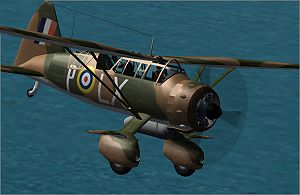  |
|
|
 |
|
Skin into this pack:
mkIIIs trainer
mkIIIs 1942 N161 Squadron
mkIIIs sd N161 raf
mkIIIa RCAF target tug
mkIIIa USAF evaluation
mkIIIa France
mkIIIa RAF
mk3 RAF(2)
mk3 polish raf markings
mk3 Finnish airforce
mkI winter finnish
mkI irish air corps
mkI burma 1942
mkI Royal Egyptian airforce
mkII Army School
mkII IAF service 1941-43
mkII 2nd groupBretagne FAFL Libya 1942
| | |
